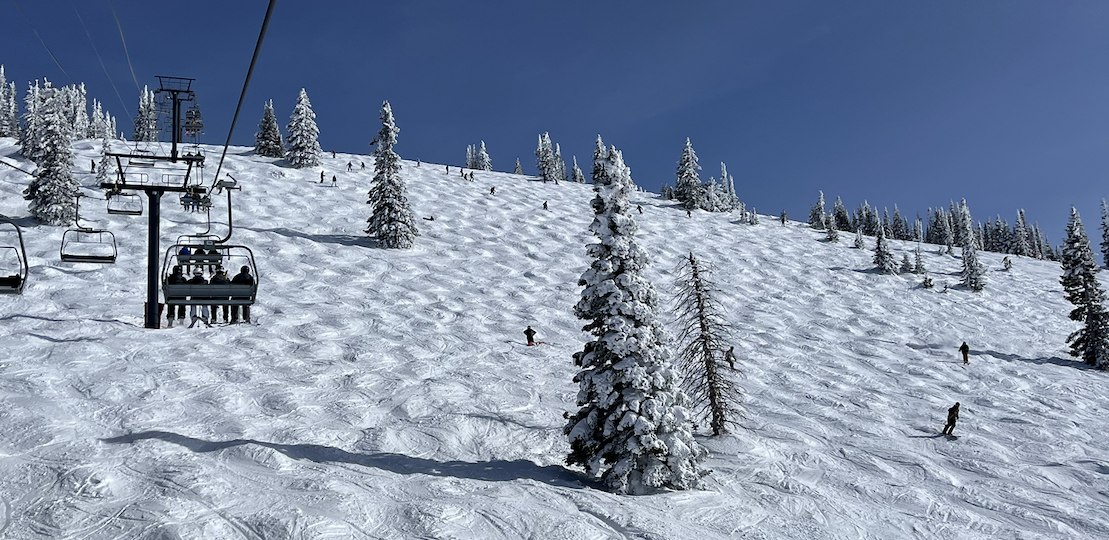
Peak Prices:
Navigating the economics of the American ski industry
Skiing in America has become a rather expensive endeavor, as if it wasn’t already a premium sport to take a part in. The days of rolling into the resort on a Saturday morning mid-season and buying a day pass at the counter without breaking the bank are over.
Many view Europe as a ‘premium’ ski destination, and while that may be true, these days, skiing in Europe is often less expensive than a day in the most popular spots in Colorado.
Nowadays, customers are punished for opting not to buy the expensive season pass months before the season starts. But, how did we end up here?
First, a brief history of how the industry is structured and how it has changed over time. Despite higher demand than ever before, there are fewer ski resorts than there were 40 years ago, and “no opportunity to build new ones” according to The Hustle.
By the 80s, nearly all the mountainsides that had ideal terrain had been used up. This caused extreme competition among the existing resorts to develop as much as they could on their land.
Resorts started investing in high-speed chairlifts, snow making machines, lodging and restaurants.
These expensive improvements meant not everybody could play, and the industry started consolidating. Currently, most of the slopes are owned by two major companies: Vail Resorts and Alterra Mountain Company.
The ski business has never really been a reliable one.
With revenue historically being heavily dependent on snowfall, on bad snow years, sales can, and did, come up very short for many resorts. The fix? Price discrimination. Price discrimination is where a firm charges different prices to different customers, for the exact same product or service. To make revenue stable, predictable and in other words to hedge against poor snow years, Alterra and Vail shifted their business model.
Since the introduction of the all popular Ikon pass owned by Alterra mountain company and Epic pass owned by Vail Resorts, most ticket revenue has been alleviated from day passes, and shifted to the purchase of these season passes, months before the season starts.
As reported by VailDaily, Vail Resorts announced it had sold 2.3 million passes in 2022, which is a 6% increase from 2021 and an 86% increase from 2019. According to The Hustle, in a 2023 earnings call Vail Resorts CEO Kirsten Lynch stated season passes now make up 73% of lift ticket revenue, giving the business much more stability than in the past.
As put in an article from The Economist, excessive market power reduces the efficiency of an industry. This is because the controlling firms can reduce output to be able to charge more for the goods. The exception to this is if different customers can be charged different prices. Here, reduction in output is not necessary to increase profit. That is the exact model American ski resorts have taken after. The industry has consolidated, daily prices have soared, and money is taken from price insensitive skiers.
This shift to season passes, which include dozens of different ski areas all in one, may make sense from a business perspective, as well as from the perspective of the avid skier, but there are pitfalls to the local community.
Additionally, from The Economist, Skiing culture that used to cater to locals has turned into a mass business. Real estate in the area is soaring in value, and property taxes with it; forcing many longtime residents to move. Parking prices are raised, and daily lift tickets are rationed.
With seemingly unlimited crowds, the resorts surely have a cap on the amount of people they can accommodate. Record setting demand, means there need to be changes made to the supply side of things. New housing and efficient mass transportation are a few things that the most popular resorts could implement to solve some of these difficulties.

